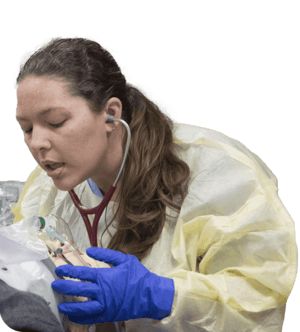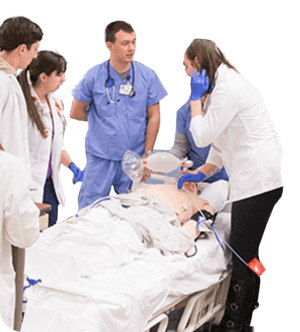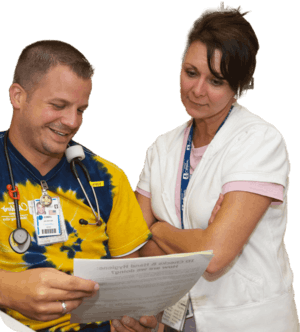Constipation/Encopresis RECS Learning Module
Objectives
- Understand the normal anatomy and physiology of the anorectal tract.
- Be familiar with the ROME III criteria for diagnosing functional constipation
- Effectively treat constipation/encopresis based on published guidelines
- Distinguish among encopresis, Hirschsprung disease, and other organic causes of fecal soiling.
- Explain the physiologic effect of stool retention.
- Describe the approach that results in the greatest success in the treatment of constipation and encopresis.
- Understand when to refer to a pediatric gastroenterologist
Self-quiz:
- T or F? Children with Hirschsprung's disease typically pass large bowel movements and soil their underpants.
- Name some medications that can be used for the treatment of constipation (per NASPGHAN guidelines).
- What are some important stool history questions to ask to help delineate between functional vs. organic encopresis?
- A combination of what three medical models is necessary for successful treatment of constipation and encopresis? How long does treatment typically take? What is the recurrence rate?
- What percentage of children with functional constipation will continue to experience symptoms into adulthood?
- How does encopresis differ from delayed bowel training?
Reviewed 9/2017













